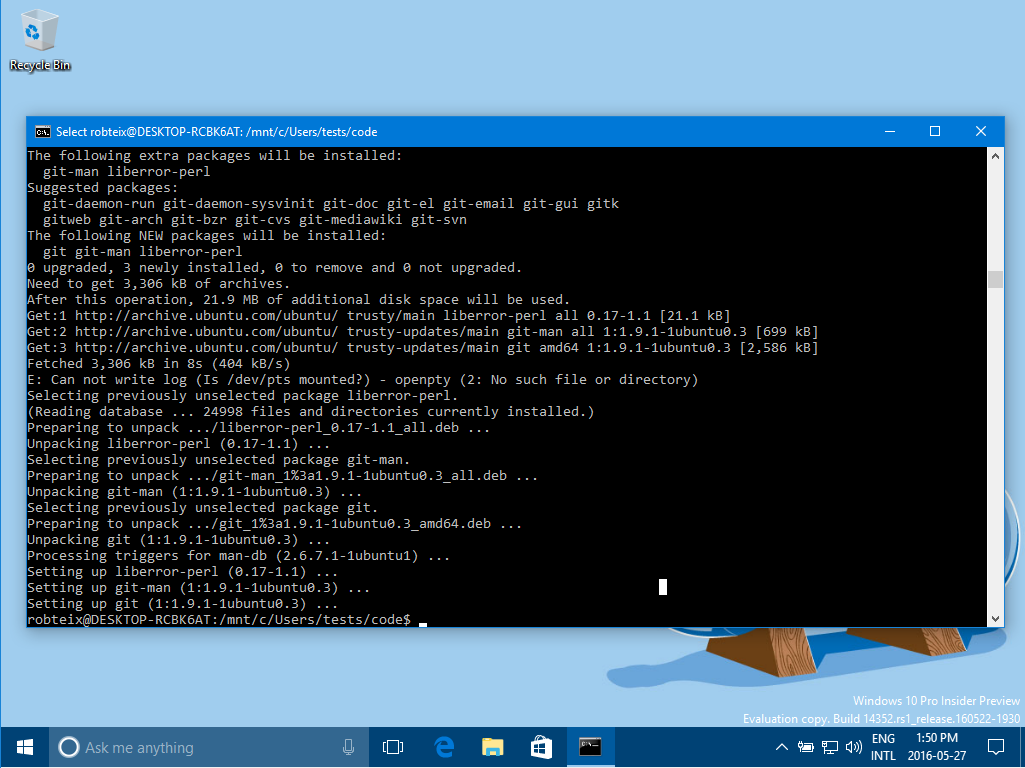Years ago, I was part of a project that went completely off the rails. A little context: we were a services company and we had local offices in cities all over the country. My team provided 2nd-level support which means we often had the PMs call us from those via an annoying Nextel radio.
I won’t go through the details but suffice it to say this project envolved one such branch going rogue and committing actual fraud, with criminal proceedings and all. People were on the edge, and the relationship with that branch was increasingly hostile. There was also an internal power struggle in the company between some directors at that point. In other words, a clusterfuck I’ll always cherish, if by cherish you mean hate hate hate. Anywho…
One time, there was a national holiday on a Thursday and we were going to make it a long weekend. As customary, I communicated with all the PMs about contigency plans. This PM then told us that we could not take Friday off because the customer wanted us to fly over there. We were supposed to be at the customer’s site early Friday morning. That meant we would have to fly Thrusday afternoon. I wasn’t happy.
It immediatly felt arbitrary too. As I said, the relationship was not good and we suspected he was just trying to cost us our days off. I knew enough of the customer to be fairly sure they would not have requested us that Friday. Why did the customer want us then? There was nothing yet on production and if it was just to show progress, surely we could move it to Monday. At worst, can’t we make it over the phone? No, no, no, he said. The customer was adamant that we be there on Friday. Sucked to be us.
So we flew over Thursday afternoon and on Friday morning we headed to the customer’s offices only to find it closed. They too had made it a long weekend and wouldn’t be back until Monday.
Normally I would be furious over the waste of time but to be honest, both I and my colleague smiled at that. It confirmed that the PM just tried to screw us and the customer have never asked for us. We headed back to the local office.
Before coming in, we both bought ourselves some icecream. My friend stayed in the little garden in front and I went in. The PM immediatly saw me and demanded to know why I wasn’t at the customer yet. I didn’t answer. Instead I grabbed the Nextel radio and headed back out with the PM following. I then sat down on the grass and called my director. Smiling and staring at the PM, I told him about the office being closed. The PM’s face froze when my director asked to talk to him.
We sat outside under the sun, enjoying our icecreams while the PM got shouted at. It was the best icecream I’ve ever had.




